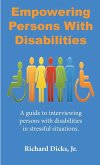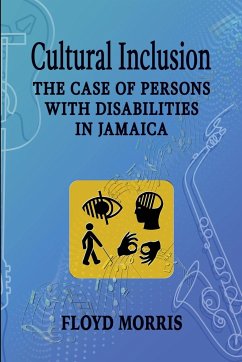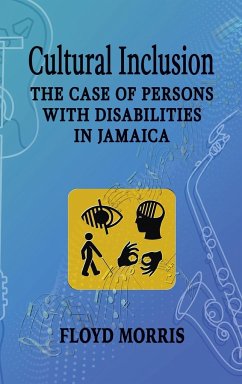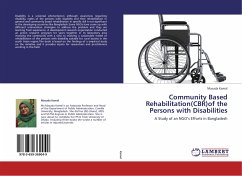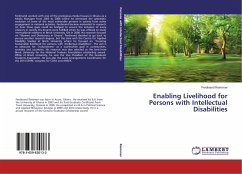This guide offers a slightly different service model from Dicks' first guide, and includes sensory disabilities such as Blind/Low Vision and Deaf and Hard-of-Hearing. The methods of administration in the first guide provide a blueprint on how to provide accurate, timely and effective communication for persons with disabilities. In this guide, Empowering Persons with Disabilities 2.0: A Guide for Deaf and Hard-of-Hearing and LEP Service Delivery Models, Dicks discusses the legal aspects distinguishing laws governing Language Access for federally conducted and federally assisted programs under Title VI of the Civil Rights Act of 1964 from the Americans with Disabilities Act (ADA) of 1990 and Amendments of 2008 and the Rehabilitation Act of 1973, which affords protection to the Deaf and Hard-of-Hearing to prevent discrimination.


